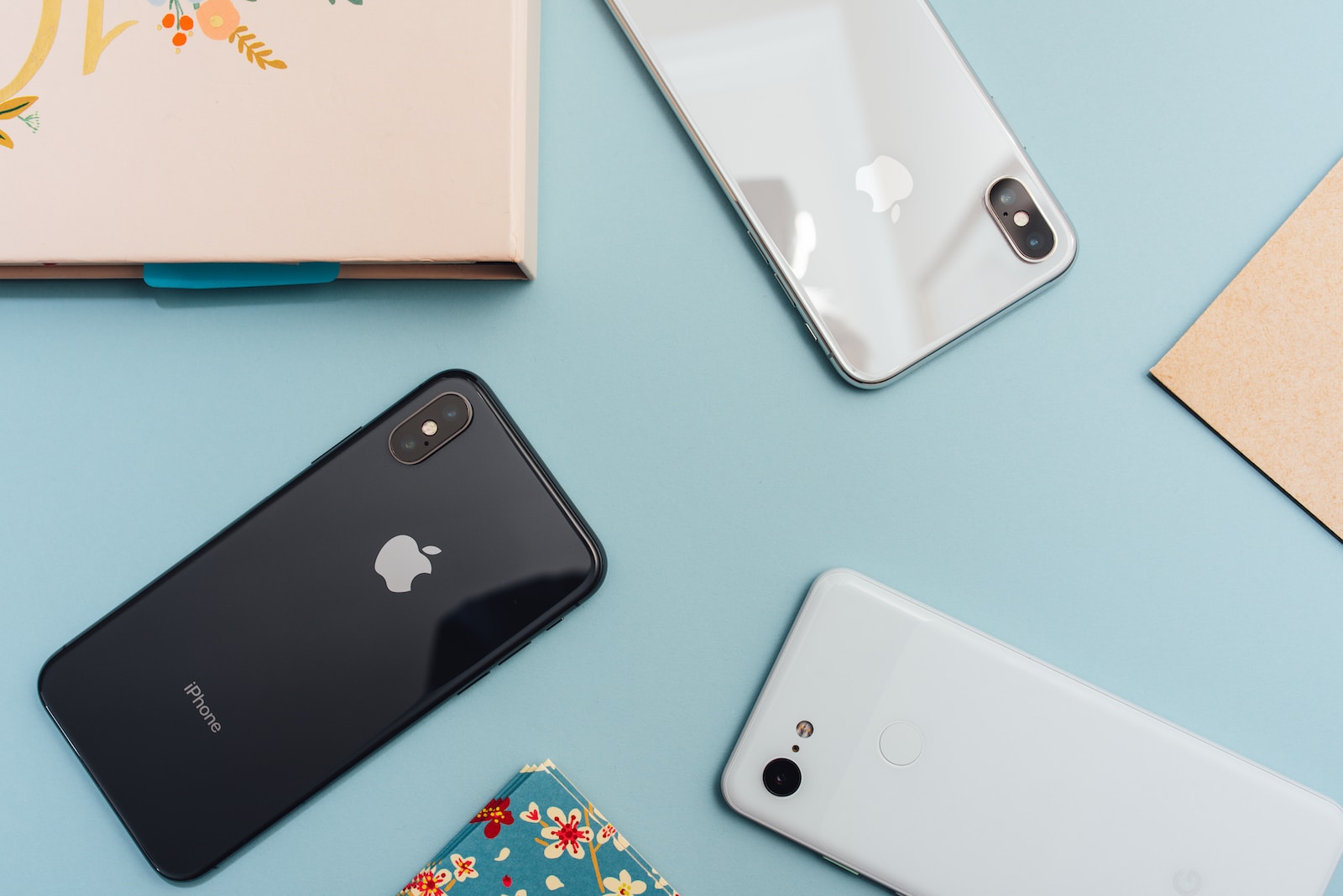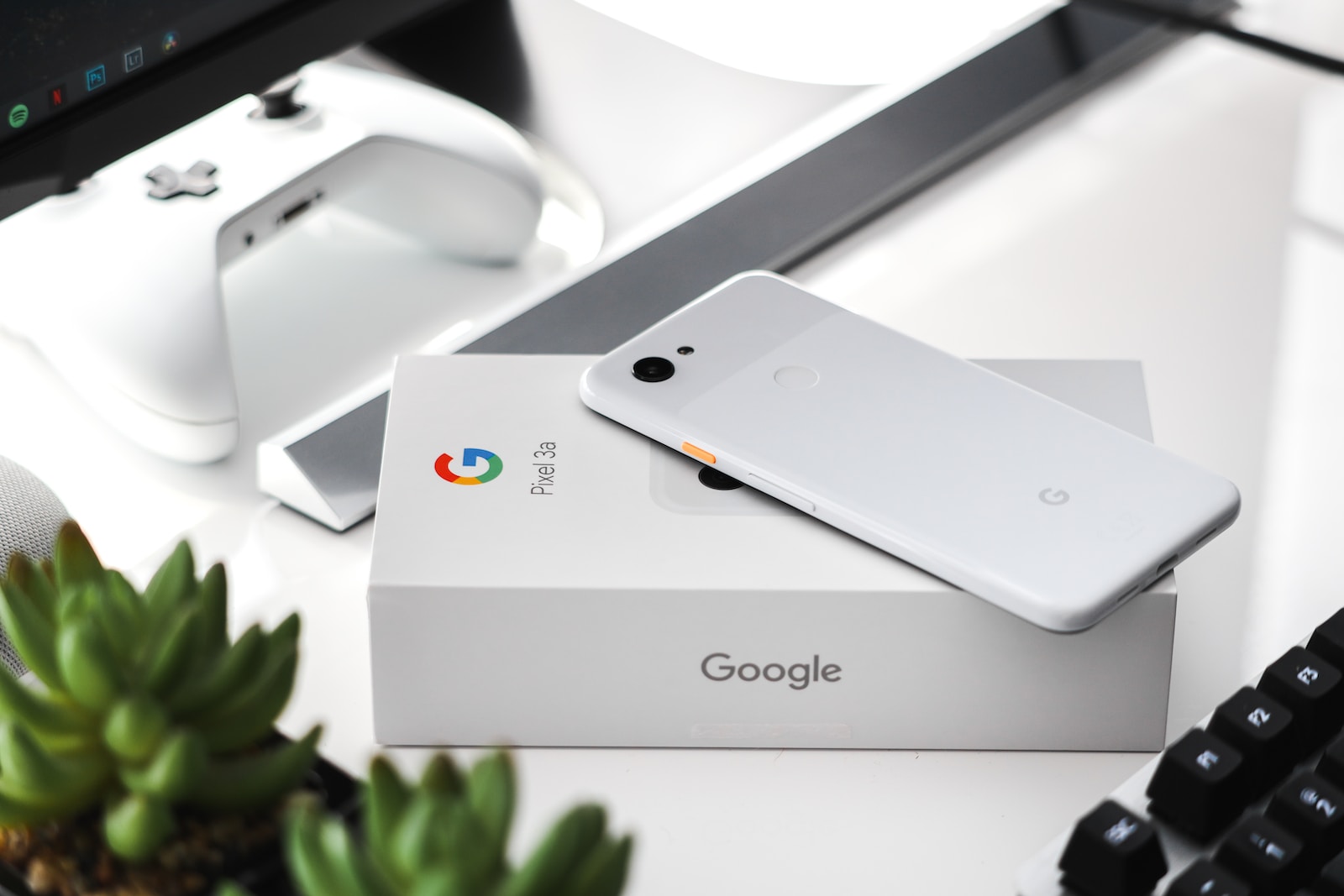Unveiling the Smartphone Market: Exploring Apple’s Popularity, Samsung’s Pursuit, and Google Pixel’s Challenges
In today’s tech-savvy world, smartphones have become an indispensable part of our lives, and the market is dominated by a few key players. Apple, Samsung, and Google Pixel are among the leading smartphone brands, each with its own unique position and challenges. In this blog post, we will delve into the market share and popularity of these brands in different regions, focusing on Apple’s loyal fan base, Samsung’s competition with iPhones, Google Pixel’s struggle to capture a significant market share, and the future of iPhones in developing nations like India and China.

Why is Apple So Popular? The Cult of Apple and Its Loyal Fan Base

Apple’s popularity can be attributed to a combination of factors. First and foremost, Apple has successfully crafted a strong brand reputation over the years, known for its sleek designs, cutting-edge technology, and user-friendly interface.
Apple’s emphasis on innovation, coupled with its exclusive operating system (iOS), has also contributed to its popularity. The brand consistently introduces new features, setting trends and raising the bar for smartphone technology. This, along with an integrated ecosystem that spans across multiple Apple devices, appeals to consumers seeking a seamless and interconnected experience.
Especially, in the US, Apple’s stronghold can be attributed to its long-established presence and a strong emotional connection with American consumers. Apple’s marketing strategies, including its iconic product launches and memorable advertising campaigns, have successfully resonated with customers, creating a sense of loyalty and brand affinity.
Samsung Galaxy Note and S Series: The Ongoing Battle with iPhones
While Samsung is a major player in the smartphone market, it continues to face fierce competition from iPhones, especially in the US. The Samsung Galaxy Note and S series have been popular choices for consumers seeking high-performance devices with innovative features and expansive displays. However, Apple’s stronghold in the premium smartphone segment has made it challenging for Samsung to surpass the popularity of iPhones in certain regions.
Samsung’s strategy of offering a wide range of smartphones at various price points has helped it maintain a significant market share globally. Additionally, the brand’s focus on incorporating the latest technologies and features, such as powerful cameras and vibrant displays, has contributed to its continued relevance and appeal.
Google Pixel’s Struggle to Capture a Significant Market Share

Despite being developed by Google, one of the biggest tech giants, Google Pixel has faced challenges in capturing a substantial market share. The Pixel line offers a pure Android experience with timely software updates and exceptional camera capabilities. However, the brand has struggled to compete with the established reputation and marketing prowess of Apple and Samsung.
One factor limiting Google Pixel’s market penetration is the lack of widespread availability compared to other brands. Additionally, the high price point of Pixel devices, particularly in the premium segment, has made it challenging to attract price-sensitive consumers who may opt for more affordable alternatives. To gain a stronger foothold in the market, Google Pixel needs to focus on expanding its product range, strengthening marketing efforts, and addressing pricing concerns.
The future of iPhones in developing nations, such as India and China, holds immense potential for Apple. These markets boast large populations and a growing middle class with increasing purchasing power.
Although, Apple has faced challenges in terms of pricing and local competition in these markets. By adapting to the specific needs and preferences of these markets, Apple has the opportunity to expand its market share and increase its presence in these nations.
As the smartphone market continues to evolve, competition will remain fierce, and brands will need to innovate, adapt, and connect with consumers on various fronts. The choices consumers make in selecting their smartphones will ultimately shape the market landscape, driving further advancements in the industry.
2 thoughts on “Unveiling the Smartphone Market: Exploring Apple’s Popularity, Samsung’s Pursuit, and Google Pixel’s Challenges”